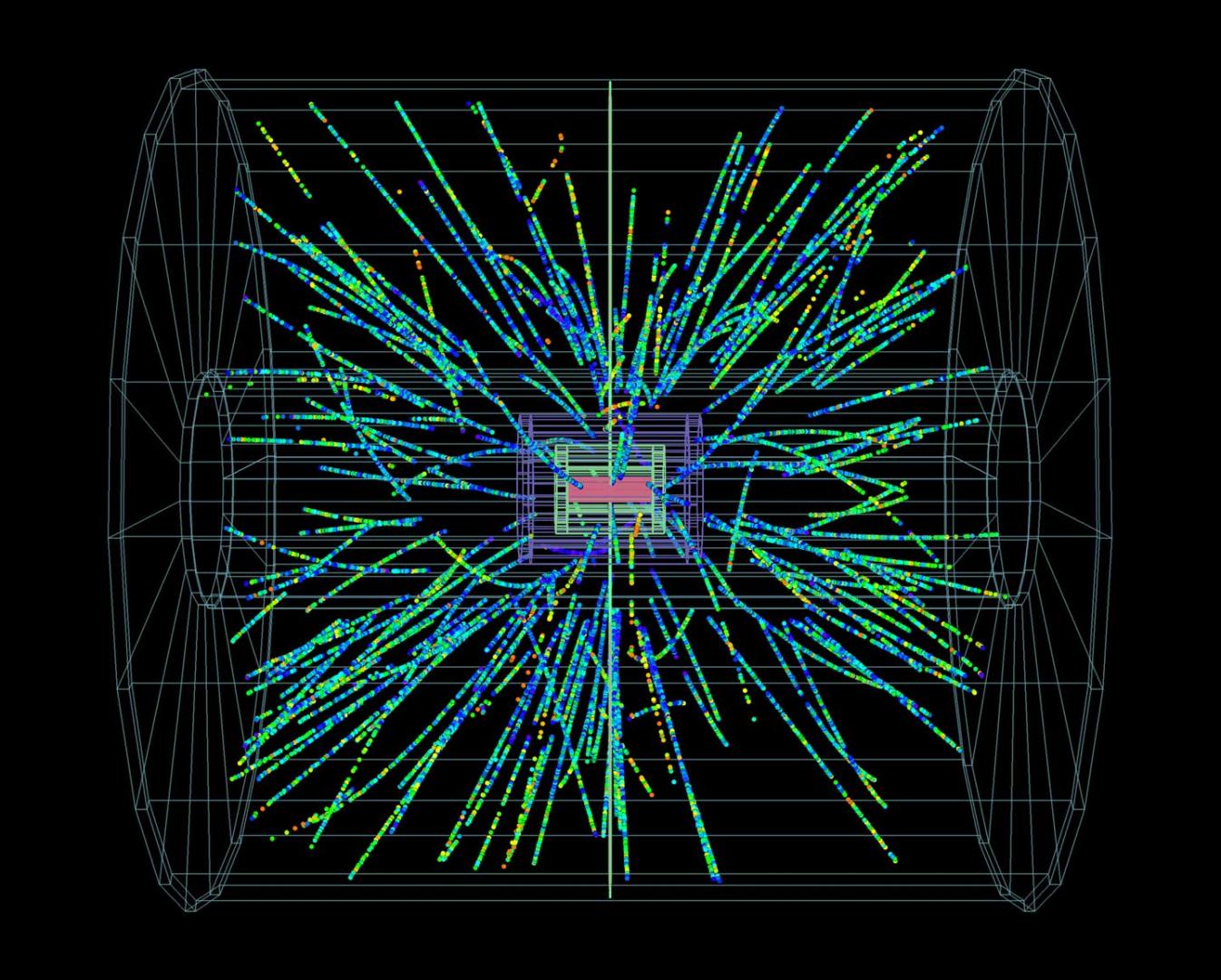At 3.08pm yesterday, after a week of tests with beams of protons and lead ions, the Large Hadron Collider (LHC) team declared "stable beams" as protons collided with lead ions in the first LHC physics beams of 2013.
"The declaration of stable beams for collisions at a new energy, or with new particles colliding, always produces a feeling of elation as a new physics domain is opened up for exploration," says accelerator physicist John Jowett of the LHC’s heavy-ion team. "In this case, the boost in energy with respect to previous collisions of a similar type is a factor of 25 – one of the largest such gains in the history of particle accelerators. It’s wonderful that many young physicists and engineers who made vital contributions can experience this at the LHC."
Reyes Alemany Fernández of the LHC operations group says the declaration of stable beams feels likes a welcome break in a difficult journey."But there are challenges ahead," she says.
To maximize the collision rate in more experiments than ever before, Jorg Wenninger of the LHC operations group led the commissioning of a new “squeeze”, the 15-minute phase at 4 TeV that focuses the beams down to a size of about 25 micrometres at the interaction points.
The counter-rotating beams of protons and lead ions started in the LHC on centred orbits with different revolution frequencies, and were ramped separately to the accelerator's maximum collision energy. "Before physics the two beams are locked to a common frequency, then gently rotated to achieve encounters in the centre of the detectors," says Philippe Baudrenghien of the Radiofrequency group. "This 'cogging' mechanism is unique to the proton-ion operation.” The resulting collisions sent showers of particles through the detectors ATLAS, CMS, LHCb and ALICE.
Setting up the proton and lead-ion beams after the end-of-year technical stop went smoothly, says Jowett, thanks to the dedication of the teams working on the injectors. "The Linac 3 team kept the lead source running throughout the technical stop and recovery of the accelerator complex was rapid," he says. "The new proton and lead beams were soon ready in their parallel chains of injectors, with a bunch filling pattern that ensures they will match up in the LHC. The LEIR machine even attained a new ion-beam intensity record."
The collisions mark the start of a lead-proton run that is set to continue until February, when the LHC begins its two-year shutdown.
More on this story: "A bullet though an apple" – symmetry

